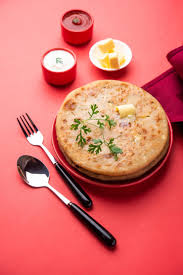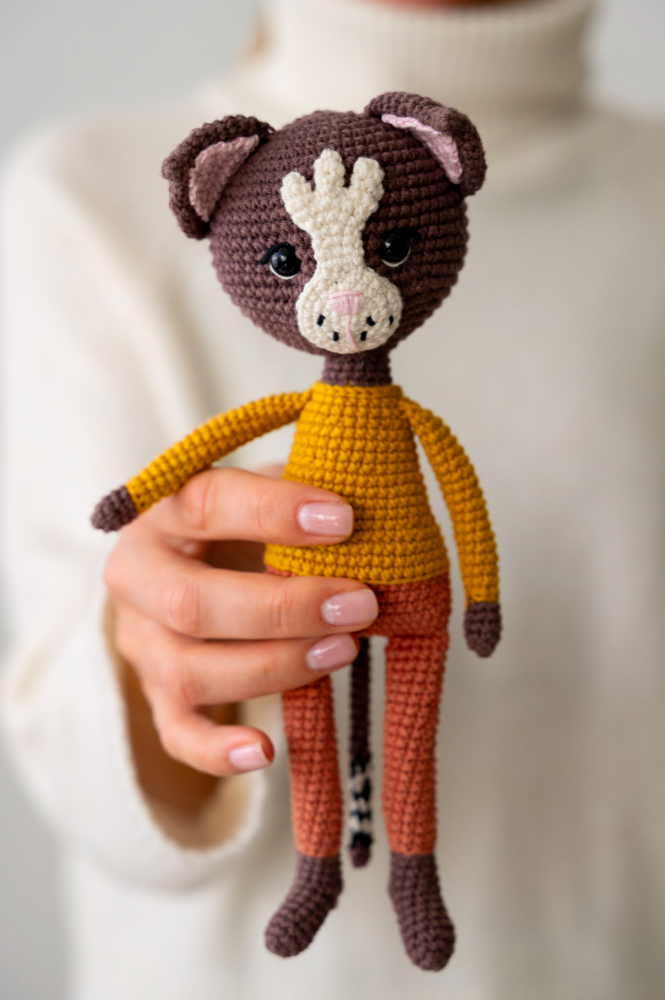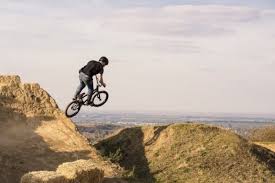Kerala, the land of rich cultural heritage and traditions, has produced numerous legendary figures whose stories continue to inspire generations. Among them, Paranthazhal Mohanan stands out as a symbol of bravery, martial prowess, and resistance against oppression. Though not as widely documented as some historical figures, Mohanan’s legacy lives on through oral traditions, folk songs, and local legends, particularly in the northern regions of Kerala.
This blog post delves deep into the life, legends, and cultural significance of Paranthazhal Mohanan, exploring his contributions to Kerala’s martial arts (Kalaripayattu) and his role in resisting colonial forces.
Who Was Paranthazhal Mohanan?
Paranthazhal Mohanan was a legendary warrior believed to have lived during the 18th or early 19th century in the Malabar region of Kerala. Hailing from the Paranthazhal family, a lineage known for its martial arts expertise, Mohanan was trained in Kalaripayattu, the ancient martial art of Kerala. His name is often associated with tales of heroism, rebellion against British colonial rule, and protection of local communities from bandits and oppressive rulers.
Origins and Early Life
- Born in Kurumbranad (present-day Kozhikode district).
- Belonged to a family of warriors (often linked to the Nair community, known for their martial traditions).
- Trained in Kalaripayattu from a young age under renowned gurus.
The Name “Paranthazhal”
The term “Paranthazhal” is believed to refer to a place or a family name associated with warrior clans in Malabar. Some interpretations suggest it could mean “one who fights fearlessly” or “the warrior who never retreats.”
Mohanan’s Role in Resistance Against British Colonialism
One of the most celebrated aspects of Paranthazhal Mohanan’s life was his resistance against the British East India Company. During the 18th and 19th centuries, Malabar was a hotbed of rebellions, including the famous Pazhassi Revolt led by Kerala Varma Pazhassi Raja. Mohanan is often depicted as a local hero who fought alongside or inspired such rebellions.
Key Events Associated with Mohanan
- Guerrilla Warfare Tactics
- Used his Kalaripayattu skills to conduct surprise attacks against British forces.
- Known for his expertise in sword fights, stick combat (verumkai), and unarmed combat.
- Protection of Villages
- Defended local villages from dacoits (known as “thuggees” or “marakkars”) and oppressive tax collectors.
- Stories describe him as a Robin Hood-like figure, stealing from the rich to help the poor.
- Legendary Battles
- Folklore mentions his duel with British officers, where he defeated them using his agility and combat skills.
- Some ballads describe his last stand, where he fought against overwhelming odds before being captured or killed.
Paranthazhal Mohanan in Kerala’s Folklore and Arts
Mohanan’s legacy is preserved through various art forms, including:
1. Vadakkan Pattukal (Northern Ballads)
The Vadakkan Pattukal (Northern Ballads) of Kerala are a collection of heroic songs that celebrate warriors like Aromal Chekavar, Thacholi Othenan, and Paranthazhal Mohanan. These ballads were passed down orally and later documented.
- “Paranthazhal Mohanan Pattu” – A folk song describing his bravery.
- Themes of honor, revenge, and sacrifice are common in these tales.
2. Kathakali and Theyyam Performances
- Some Kathakali plays incorporate elements of Mohanan’s stories.
- In Theyyam, a ritualistic dance form, some performers embody the spirit of warriors like Mohanan.
3. Influence on Modern Media
- Mohanan’s character has appeared in Malayalam films and novels.
- Writers like M.T. Vasudevan Nair and Kottarathil Sankunni have referenced similar warrior figures in their works.
Kalaripayattu: The Martial Art of Paranthazhal Mohanan
Mohanan’s expertise in Kalaripayattu is central to his legend. This ancient martial art includes:
Key Aspects of Kalaripayattu
Meipayattu (Body Conditioning) – Strength and flexibility training.
Kolthari (Wooden Weapons) – Use of sticks, maces, and staffs.
Angathari (Metal Weapons) – Sword, shield, spear, and dagger combat.
Verumkai Prayogam (Unarmed Combat) – Strikes, locks, and pressure points.
Mohanan’s mastery of these techniques made him a formidable warrior.
The Mystery of His Death
Like many folk heroes, the details of Mohanan’s death remain shrouded in mystery. Some versions say:
- He was betrayed and captured by the British.
- He died in a final heroic battle, refusing to surrender.
- Some believe he disappeared into the forests, becoming a mythical figure.
Why Paranthazhal Mohanan Still Matters Today
- Symbol of Resistance – Represents Kerala’s fight against colonialism.
- Cultural Icon – Inspires art, literature, and martial arts.
- Hero of the Common People – Seen as a protector of the oppressed.
Conclusion
Paranthazhal Mohanan may not be as widely known as some historical figures, but his legacy lives on in Kerala’s folklore, martial arts, and cultural memory. He embodies the spirit of resistance, courage, and justice—qualities that continue to inspire generations. Whether through ballads, martial arts, or modern retellings, Mohanan’s story remains a testament to Kerala’s rich heritage of warrior traditions.














